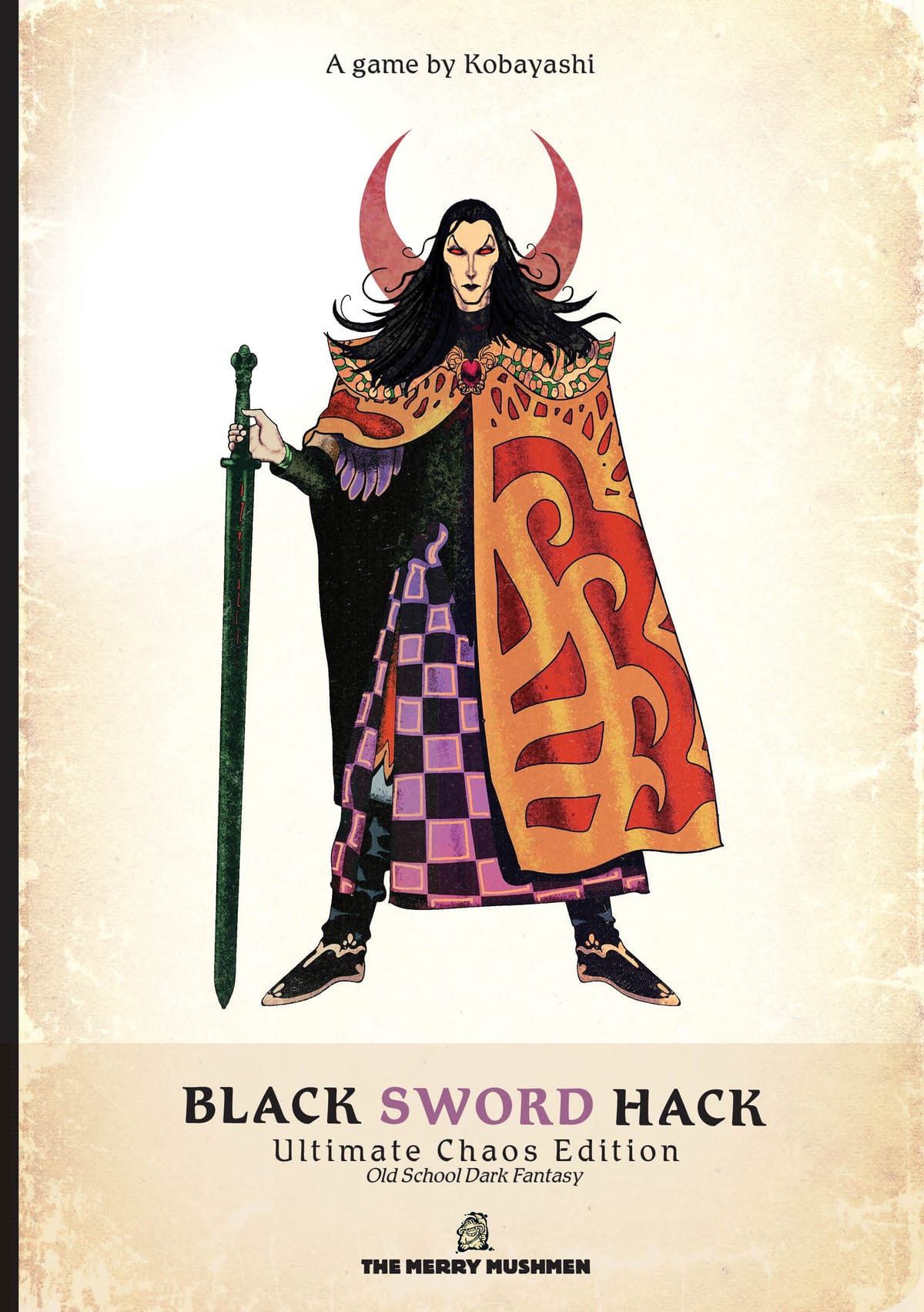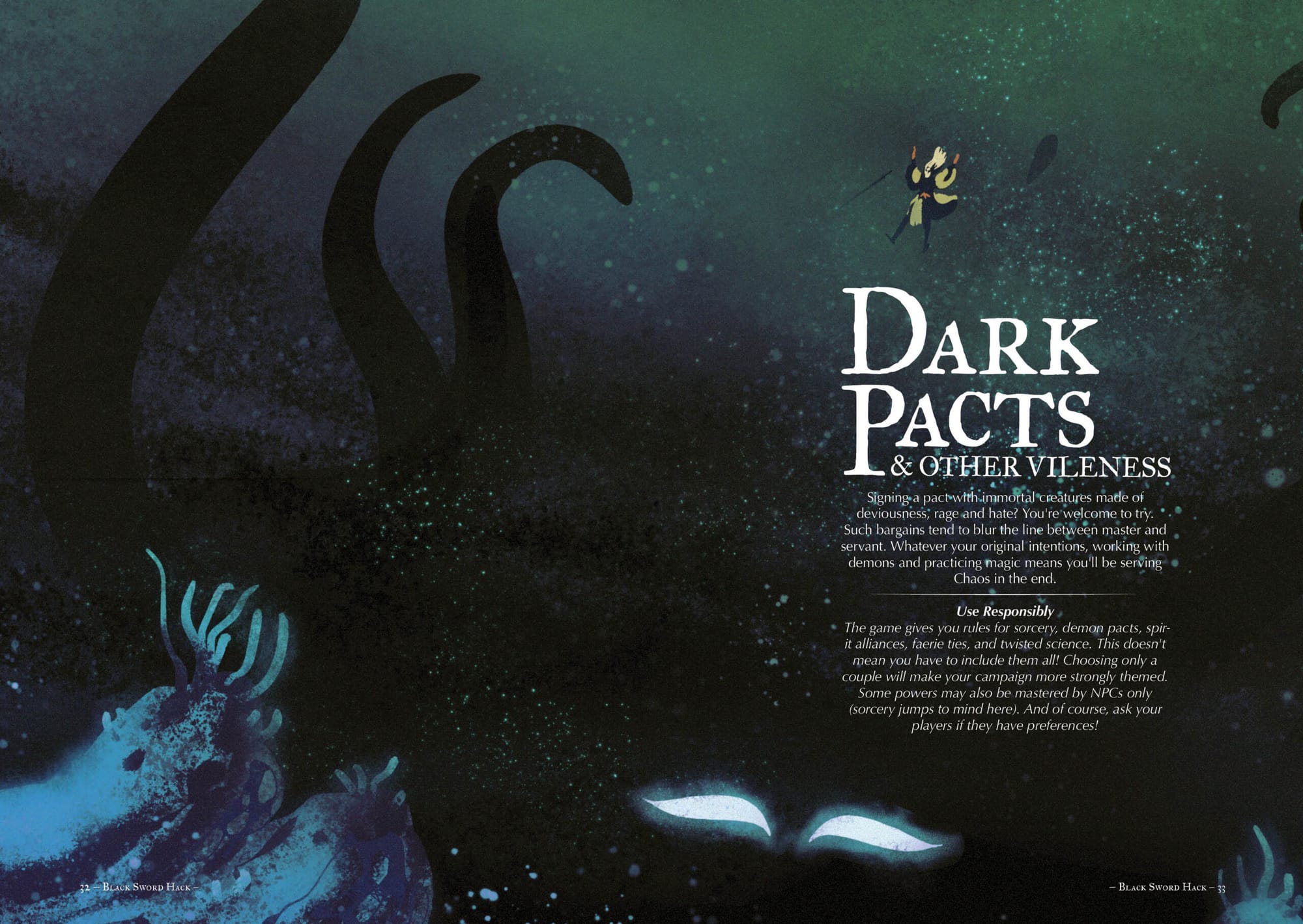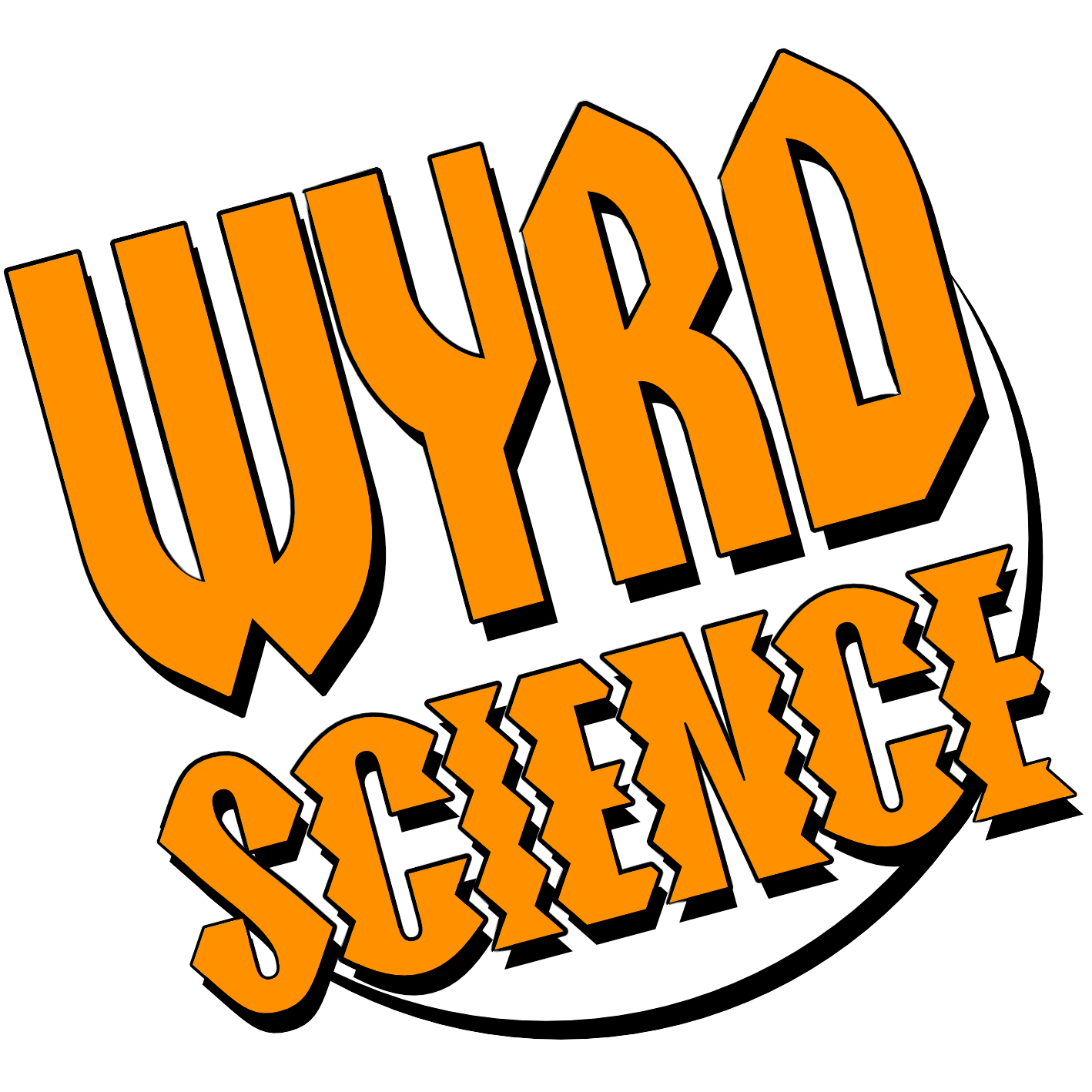
Black Sword Hack is a dark fantasy version of the Black Hack, written by Kobayashi with superb art by Goran Gligovic. If you want a review of the Black Hack, you can find it somewhere yourself, I’m sure. What the Black Sword Hack adds is strong world-building in mechanical form, which may well put this particular fantasy hack ahead of the pack if you’re looking to pick one out from the hordes of OSR retro-clones that you must hold off with a burning torch whenever you wade into DriveThruRPG.
A chronological read through of Black Sword Hack looks generic as hell until a third of the way through. The “Doom Die”, a usage die that you use to be heroic, until you’re doomed, stands out as an attempt to add theme, but which feels clumsy in play given the severity of being doomed. The origins lists for character creation stand out too, some of which are fantastic (“born covered in the blood of your own people after a failed invocation”).
In the middle of the book, ‘Vileness’ appears: Unique rules for pacts with demons, spirits, fae, chaos itself, twisted science and runic weapons and everything here is a banger. The text advises you not to use them all at once, but I would. There’s neat writing here as well as simple but unique mechanics for each vileness. Find your demon “in the wedding ring of an undying king”, your ancestor asks that you “free it from another alliance”, “summon an invisible creature made of anger”, or build a “Blood-tinted spyglass”. Just for this section alone, I’d choose this over the Black Hack.

Two modules and a city cap the book off. The modules are serviceable, but the city should have served as the basis for the world-building throughout the book. It’s evocative, flavourful, and fun. A repeating theme in the Black Sword Hack’s writing is that an intermittent reluctance to be specific in its worldbuilding brings down a lot of the writing. Nowhere is this in more stark relief than the adventures and city which are very specific and have excellent world-building.
This problem comes up throughout the book, in backgrounds, in origins, even in the excellent Vileness section. For example in the origins table you’ll find entries such as “born inside an invocation pentacle, near the sorcerer’s body” and “born in a secluded religious community”, one of which is good, the other dull, but both would have been improved with specifics. The book does have specifics! The languages are “Alashan, mired in corruption” and “Jurka of the Iron Horde”. Monsters include “Children pumped full of drugs with their eyes removed”, “Eaters of the Dead” and “Hollow Monks” who suffer from too great mortification of the flesh.
A major section of the book is written to help you to create your own world, using random tables that would have been better fleshed out and incorporated through the rest of the book. Black Sword Hack would have benefited significantly by leaning into a specific version of this dark fantasy world. With some commitment, the worst writing in the book would have been rendered good, and the best writing excellent.
Black Sword Hack is a beautiful book, well-thought out, designed by creators with a love for the subject matter. It’s full of rules that would be really exciting to incorporate into a dark fantasy game, and provides characters with a sense of fighting with unknown powers to survive in a doomed and cruel world. But it’s hamstrung by a reluctance to be specific, something which renders a lot of its writing toothless.
I’d definitely run it over the Black Hack, and it’s a strong game in it’s own right, but fails to live up to the potential displayed within its own pages.
Writing: Kobayashi
Art: Goran Gligoviç
Published by The Merry Mushmen
This feature originally appeared in Wyrd Science Vol.1, Issue 5 (Dec '23)
